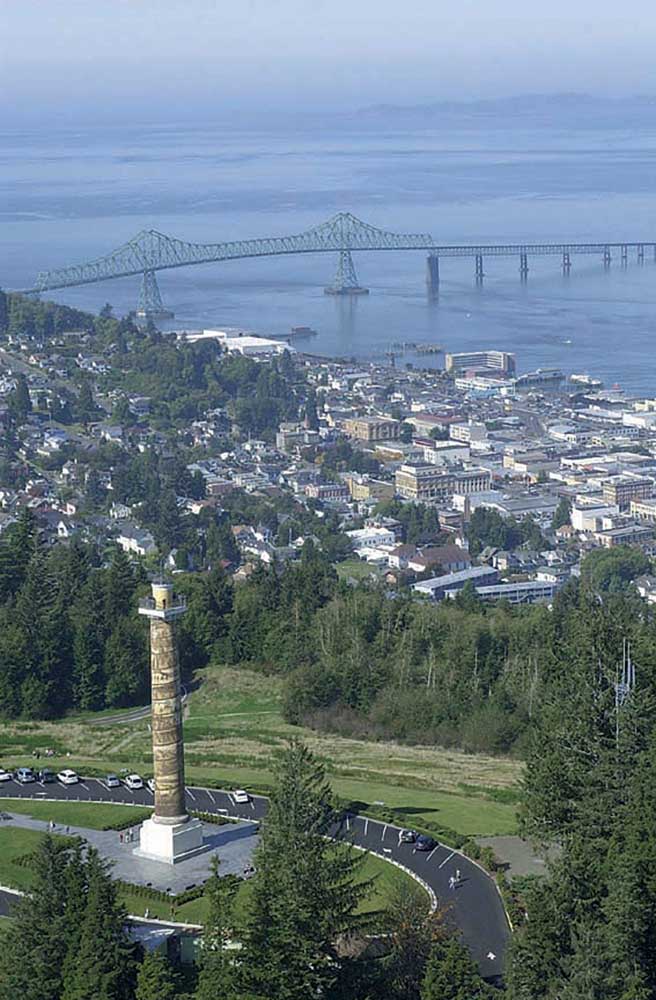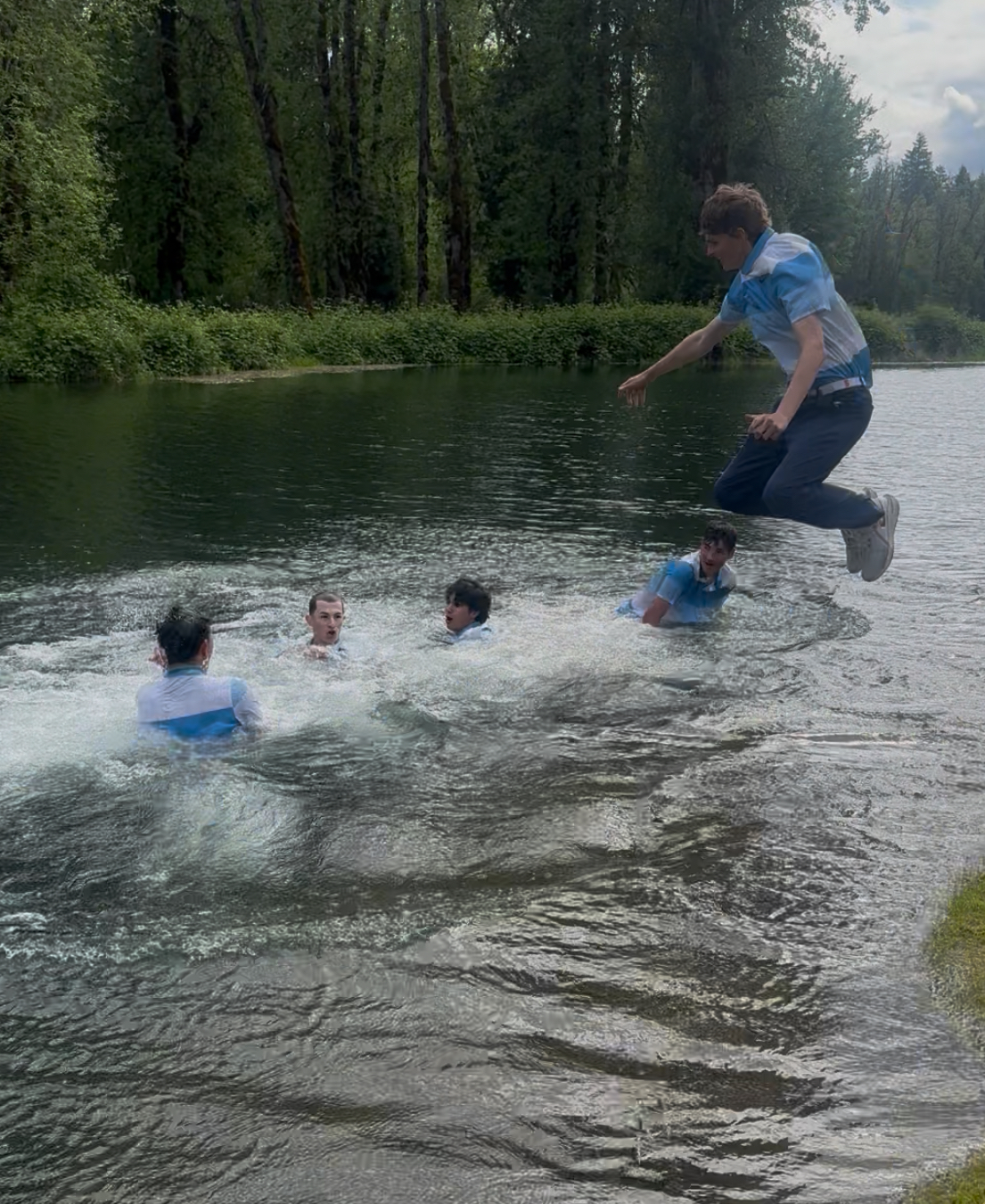Urban trails cut through Astoria
Published 9:00 am Friday, January 25, 2019

- A sign identifies the location of an urban trail near Clatsop Community College.
Earlier this month, a small, brown trail marker popped up near the Columbia River Maritime Museum in Astoria directing people to what some have jokingly nicknamed the “Thigh Master 500.”
This steep, twisting trail starts on the uphill sidewalks of 17th Street, kicks east at Clatsop Community College on Jerome Avenue and takes hikers through the woods up to a meadow below the Astoria Column.
It is one of the city’s official urban trails, but other, unofficial trails — often maintained by neighborhood groups, regular foot traffic and the ever-present deer — also flourish.
The North Coast Trails Coalition, a group that started out in Warrenton, provided some of the funding for the 17th Street Trail. The money helped with the maintenance and construction of a connector trail around the college parking lot. The coalition is thrilled to have signs directing visitors and locals to the hike.
“We welcome this community to get out, take a hike and consider the 17th Street Trail one of many to walk for 2019,” they said in a news release.
But the coalition hopes Astoria’s unsanctioned trails will get more consideration someday.
Every neighborhood has a network of trails that crisscross property lines.
The city’s trails master plan for 2013 to 2033 provides a roadmap for future improvements and offers recommendations for new trails inside the city limits, but the neighborhood trails are not marked on it and no new official city trails are in the works.
It’s been outside the parks department’s capacity to even provide much dedicated maintenance on popular but often problematic city trails, like the Cathedral Tree Trail, which winds up from Irving Avenue to the Column.
“We’re still coming to a point of really being able to balance our operations effectively,” said Jonah Dart-McLean, the city’s parks maintenance supervisor.
In the past two years, the parks department has struggled to establish the true costs of running parks and recreation operations and programs. The department started to rebuild internally last year.
The type of trail work Dart-McLean would like to see done is not expensive, but it is time-consuming and labor-intensive. He would prefer to tackle trail work with an overall plan in place.
“It’s just something we need to strategically tackle so we’re not wasting resources on it,” he said.
The city’s map of existing trails includes the Astoria Riverwalk, the Cathedral Tree Trail, and a handful of smaller trails, most of which appear in or on the periphery of city parks and property.
Not included are trails like the gravel path that runs down to Marine Drive from the intersection of Alameda Avenue and Hill Street in Uniontown, a convenient shortcut in a section with few access roads down to the main road. Or Pipeline Road Trail off James Street. This paved road popular with dog owners leads to a city reservoir. While it does not appear on the trails map, it is listed on city websites as a trail.
Years ago, Tessa Scheller, of the North Coast Trails Coalition, had hoped more of these unofficial trails could be included on the city’s maps.
“They help build communities,” she said.
Trails can also be a financial opportunity, she added. Cleaning up trails and putting them on maps so people can find them and use them is often a surefire way to revitalize an area.
But Astoria’s unofficial trails are unofficial for the same reasons now that they were over a decade ago: ownership.
The city couldn’t identify neighborhood trails as future trails to develop if they were on private land, said Rosemary Johnson, a former city planner.
“It’s not saying that you can’t do those trails if they’re not in the plan,” she added. “Those were just not the ones we had control over.”
And this has not changed.
“It’s such a patchwork of ownership,” said Dart-McLean. “And whose is the responsibility (for maintenance) when you make the trail better?”
For now, the trails coalition has shifted some focus back over to Warrenton, where city leaders, interested in promoting a “livable community,” have again started prioritizing community amenities like pedestrian and bicycle trails.





